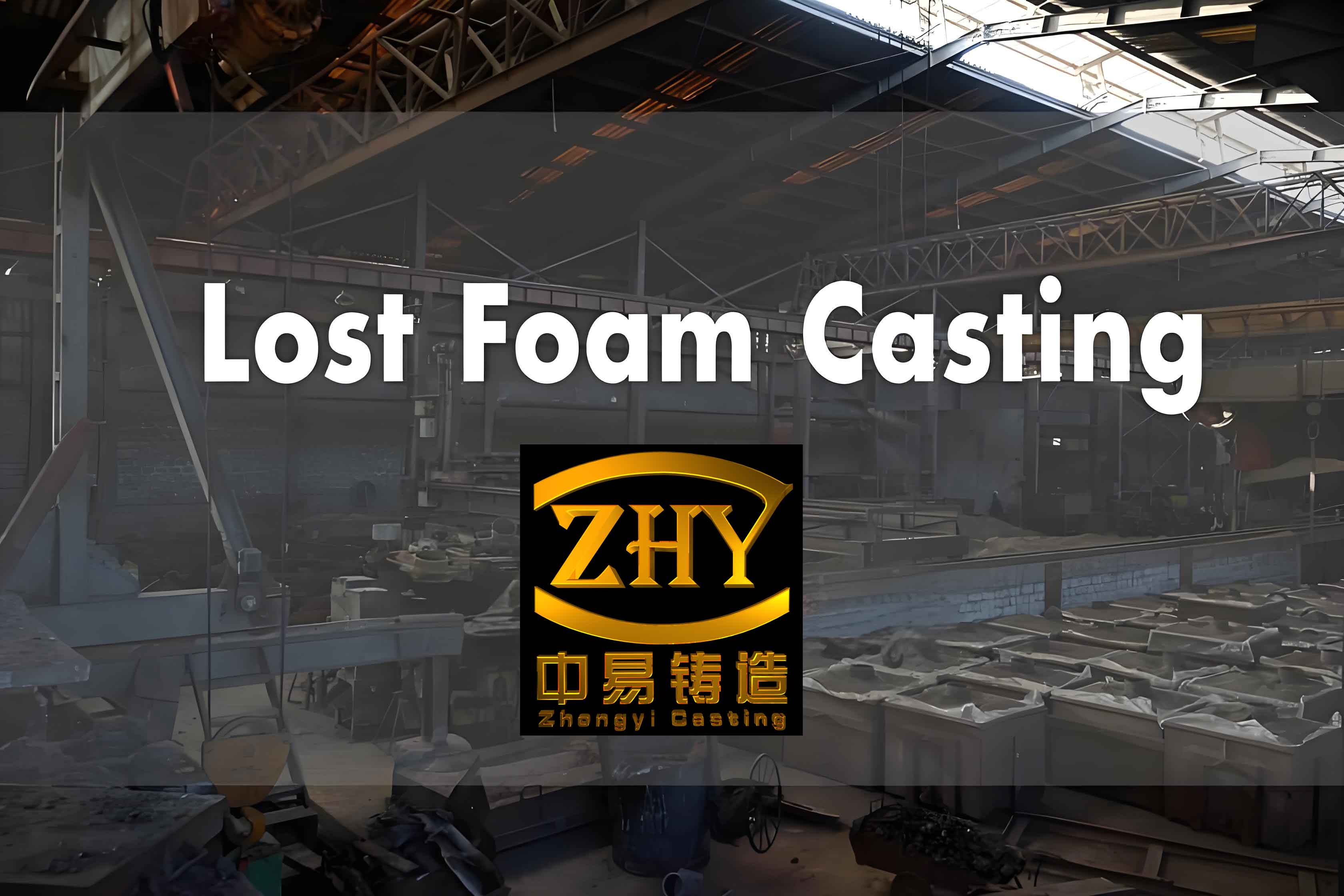
Lost foam casting has emerged as a pivotal process in modern manufacturing, offering significant advantages in terms of design flexibility, cost-effectiveness, and precision. This technique, which involves creating a foam pattern that is later vaporized and replaced by molten metal, has revolutionized the production of complex metal parts. In this article, we will delve into the role of lost foam casting in contemporary manufacturing, exploring its benefits, applications, and the detailed steps involved in the process.
Benefits of Lost Foam Casting
Lost foam casting provides numerous benefits that make it a preferred method in various industries:
- Design Flexibility: The use of foam patterns allows for intricate and complex designs that are difficult to achieve with traditional casting methods.
- Cost-Effectiveness: Reduced need for machining and assembly lowers production costs.
- Precision: High dimensional accuracy and surface finish minimize the need for further processing.
- Material Efficiency: Minimal waste generation due to the precise molding of metal around the foam pattern.
- Environmental Benefits: Less waste material and reduced energy consumption make it an eco-friendly option.
Applications of Lost Foam Casting
Lost foam casting is utilized in a wide array of industries due to its versatility and precision. Key applications include:
- Automotive Industry: Engine blocks, cylinder heads, and various components benefit from the intricate designs and durability achievable through lost foam casting.
- Aerospace Sector: Turbine blades and structural components are produced with high precision and strength.
- Pumping and Valve Manufacturing: Complex valve bodies and pump housings are efficiently cast using this method.
- Art and Sculpture: Artists leverage the flexibility of lost foam casting for detailed and unique sculptures.
Steps Involved in Lost Foam Casting
The lost foam casting process involves several meticulous steps, ensuring the production of high-quality metal parts. The following table outlines the key steps involved in this process:
| Step | Description |
|---|---|
| Pattern Creation | A foam pattern is created, typically using expanded polystyrene (EPS). This pattern represents the exact shape of the final metal part. |
| Pattern Assembly | Multiple foam patterns can be assembled into a cluster, known as a tree, to allow for the simultaneous casting of multiple parts. |
| Coating | The foam pattern is coated with a refractory material to enhance the surface finish and dimensional accuracy of the final product. |
| Mold Preparation | The coated pattern is placed in a flask and surrounded by unbonded sand, which provides support and maintains the shape during casting. |
| Metal Pouring | Molten metal is poured into the mold, causing the foam pattern to vaporize and the metal to take its place, forming the desired part. |
| Cooling and Solidification | The mold is allowed to cool, and the metal solidifies into the shape of the original foam pattern. |
| Cleaning and Finishing | The cast metal part is removed from the mold, cleaned, and any necessary finishing processes, such as machining or heat treatment, are performed. |
Comparative Analysis of Casting Methods
To better understand the unique advantages of lost foam casting, it is useful to compare it with other common casting methods. The table below provides a comparative analysis of lost foam casting, sand casting, and investment casting:
| Feature | Lost Foam Casting | Sand Casting | Investment Casting |
|---|---|---|---|
| Design Complexity | High | Medium | High |
| Surface Finish | Excellent | Fair | Excellent |
| Dimensional Accuracy | High | Medium | High |
| Material Waste | Low | Medium | Low |
| Cost | Moderate | Low | High |
| Environmental Impact | Low | Medium | Low |
Challenges and Future Prospects
While lost foam casting offers numerous advantages, it also presents certain challenges that manufacturers must address:
- Pattern Fragility: Foam patterns can be delicate and require careful handling to avoid damage.
- Process Control: Precise control of temperature and mold conditions is crucial for consistent quality.
- Initial Setup Cost: Initial costs for pattern creation and coating can be higher compared to some traditional methods.
Despite these challenges, the future prospects for lost foam casting are promising. Advancements in foam materials, coating technologies, and automation are expected to further enhance the efficiency and application scope of this casting method.
Conclusion
In conclusion, lost foam casting plays a critical role in modern manufacturing, offering unparalleled design flexibility, cost savings, and precision. Its applications across various industries highlight its versatility and effectiveness. As technology continues to evolve, lost foam casting is poised to become an even more integral part of the manufacturing landscape, driving innovation and efficiency in the production of complex metal parts.
